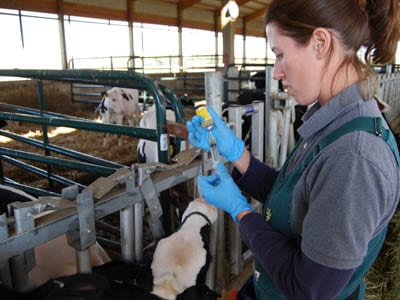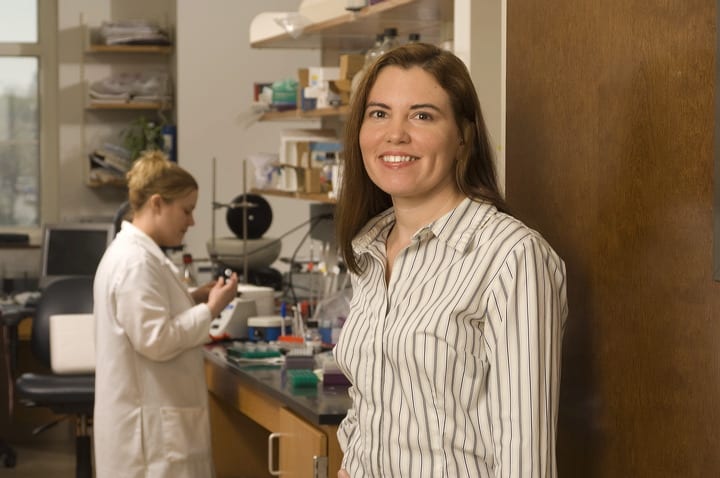A Dec. 15 article on the web site of the American Veterinary Medical Association covers the research of SMU sociologist Anne E. Lincoln in which she explains the changing face of veterinary medicine.
An assistant professor in the Department of Sociology at SMU, Lincoln is an expert on how occupations transition from being either male- or female-dominated.
AVMA writer Malinda Larkin notes that Lincoln’s research has found that women now dominate the field of veterinary medicine — the result of a nearly 40-year trend that is likely to repeat itself in the fields of medicine and law. Lincoln found three factors that appear to be driving the change: the 1972 federal amendment that outlaws discrimination against female students; male applicants to graduate schools who may be deterred by a growing number of women enrolling; and the increasing number of women earning Bachelor’s degrees in numbers that far exceed those of male graduates, Lincoln says.
Excerpt:
By Malinda Larkin
American Veterinary Medical Association
The fact that women will soon dominate the field of veterinary medicine has been widely reported (see JAVMA, Feb. 15, 2010, page 376). As of 2010, the veterinary profession is about 50 percent men and 50 percent women for the first time, according to AVMA figures, while enrollment in veterinary colleges is about 80 percent women.Yet, the cause behind this increase in the percentage of female veterinarians isn’t as well known. Recently, a sociologist at Southern Methodist University in Dallas endeavored to find an answer.
Anne E. Lincoln, PhD, is an assistant professor in the department of sociology at SMU and an expert on how occupations transition from being male- or female-dominated.
Her study, “The Shifting Supply of Men and Women to Occupations: Feminization in Veterinary Education,” was published in the July 2010 issue of Social Forces.
Dr. Lincoln analyzed “the feminization of veterinary medicine” from a different perspective: by examining data from the pool of applicants to U.S. veterinary schools and colleges from 1975-1995. (After 1995, veterinary schools implemented varying application procedures, making comparisons unreliable.) The Association of American Veterinary Medical Colleges supplied data from its annual, confidential survey of all U.S. veterinary schools and colleges for the study.
Conventional occupational research identifies a flip in the gender make-up of a profession by looking at the number of men and women who get hired into that profession, Dr. Lincoln said. Her study broke with that convention, and, instead, measured the number of men and women applying for enrollment in training programs.
 A Dec. 15 article on the web site of the
A Dec. 15 article on the web site of the 



